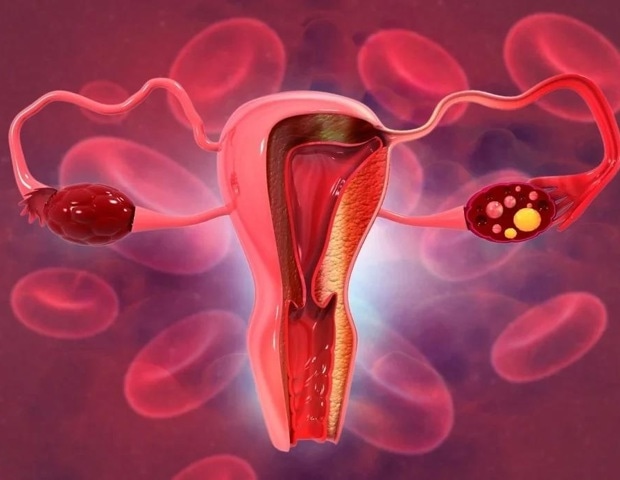Background
Ischemic heart disease is the leading cause of death globally, causing approximately 9 million deaths annually. Currently, reperfusion therapy (such as thrombolysis or interventional procedures) is the primary method to…

Ischemic heart disease is the leading cause of death globally, causing approximately 9 million deaths annually. Currently, reperfusion therapy (such as thrombolysis or interventional procedures) is the primary method to…

Recently, a research team led by Professor Jian-Xun Wang and Professor Tao Yu from Qingdao University made a significant breakthrough in understanding the role of lactylation modification in aortic dissection (AD). Their study…

AI can be used to detect cervical cancer in women in resource-limited parts of the world. However, for this method to work, investments are needed in healthcare staff, reliable supply chains and trust in these communities. This has…

Hypertrophic cardiomyopathy (HCM), a common genetic heart disorder, is often caused by mutations in sarcomere-related genes. While extensively studied in European populations, its genetic basis in Chinese individuals remains poorly…

Although artificial intelligence has already shown promise in cardiovascular medicine, most existing tools analyze only one type of data—such as electrocardiograms or cardiac images—limiting their clinical utility. The emergence…

“While IL-17A and IL-17F…

Talha Badar, Hematology/Oncology Specialist at Mayo Clinic, shared a post on X about a paper he co-authored with colleagues published in Leukemia Research:
“Applicability of current prognostication models for MDS patients with…

Scientists have found that ADHD (Attention-Deficit/Hyperactivity Disorder) in women is diagnosed approximately 5 years later than in men, despite symptoms appearing at the same age. Women with ADHD also suffer greater emotional and…

Newswise — CARDIFF-BY-THE-SEA, Calif. and PHILADELPHIA, Oct. 10, 2025 — Field Medical, Inc. today announced that Circulation has published six-month outcomes from the Ventricular Catheter Ablation Study (VCAS),…